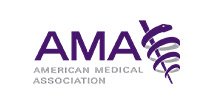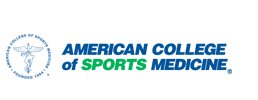Fracture care
Elbow Fractures
An elbow fracture results from a break or crack in one or more of the bones that make up the elbow joint. There are two types of elbow fractures: Extra-articular fractures that include intercondylar fractures, supracondylar fractures, epicondylar fractures, and condyle fractures
Ankle Fracture Surgery
The ankle joint is composed of three bones: the tibia, fibula, and talus which are articulated together. The ends of the fibula and tibia (lower leg bones) form the inner and outer malleolus, which are the bony protrusions of the ankle joint that you can feel and see on either side of the ankle. The joint is protected by a fibrous membrane called a joint capsule, and filled with synovial fluid to enable smooth movement.
Hip Fracture
The hip joint is a “ball and socket” joint. The “ball” is the head of the femur, or thigh bone, and the “socket” is the cup shaped acetabulum. The joint surface is covered by a smooth articular surface that allows pain free movement in the joint.
Knee fracture
A fracture is a condition in which there is break in the continuity of the bone. In younger individuals these fractures are caused from high energy injuries, as from a motor vehicle accident. In older people the most common cause is weak and fragile bone.
Clavicle Fracture
Clavicle fracture or broken collarbone is a very common injury associated with contact sports such as football and martial arts, as well as impact sports such as motor racing. A direct blow over the shoulder, fall on an outstretched arm or motor vehicle accident may also cause the clavicle bone to break. A broken clavicle causes difficulty in lifting your arm because of pain, swelling and bruising.
Stress Fractures
A stress fracture is a break in the continuity of bone that is caused due to repeated stress. It is commonly seen in the lower leg and foot. The most common symptom is pain with repetitive activity that subsides with rest. Diagnosis is usually made with an X-ray; however, in certain cases your doctor might order a CT scan or an MRI. Treatment usually involves rest and bracing until the fracture is fully healed.
Click on the topics below to find out more from the Orthopedic connection website of American Academy of Orthopaedic Surgeons.






